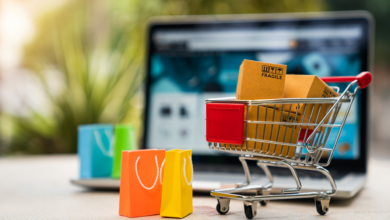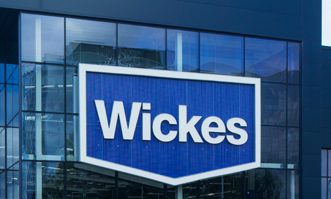Comment
The key e-commerce trends of the year

The pandemic has undoubtedly continued to accelerate UK e-commerce purchases in 2021. A 20.5% year-over-year growth in eCommerce sales is projected for this year alone.
You'll need to
subscribe to unlock this content. Already subscribed? Login?







